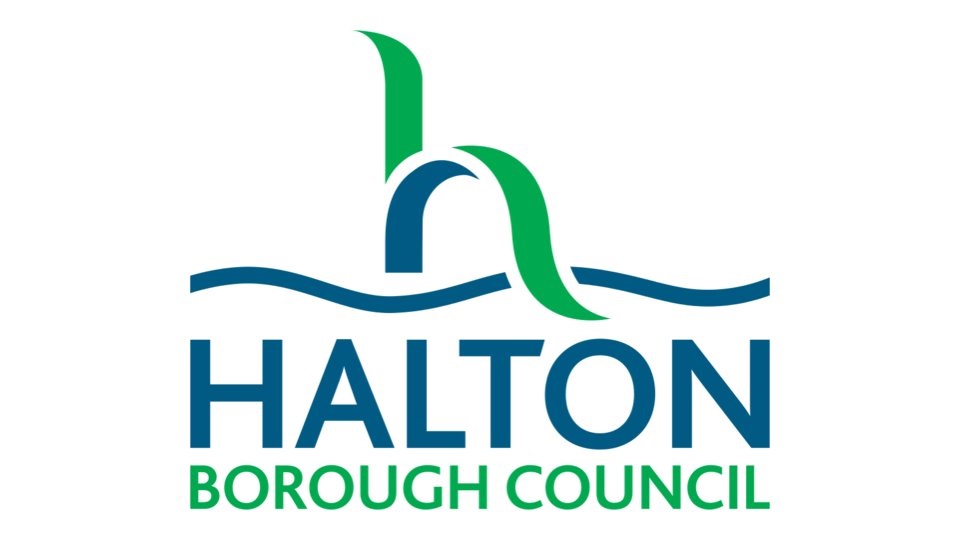SANKEY CANAL – FREQUENTLY ASKED QUESTIONS
An almost two mile section of canal is located within Widnes and is owned and managed by the Council. It was opened in July 1833 as an extension to the historic Sankey Canal. The last operational section of the canal went completely out of use in 1963 and became derelict.
In the early 1980s a cosmetic restoration of the canal took place within the Halton and Warrington areas that included the provision of marinas at Spike Island and at Fiddlers Ferry. As sections of the canal had been filled in north of Warrington, the original water supply was no longer available.
- Why are the water levels dropping now?
For around 40 years, the canal was kept topped by a water supply at Fiddlers Ferry Power Station, used as part of their electricity generating process. The closure of Fiddlers Ferry has meant that this water supply is no longer available. However, this agreement was always due to come to an end with the decision to decommission the site.
The Council did get agreement from the power station to continue to pump water until very recently when the process finally ended. Hence the water levels are now dropping.
2. Could we force Fiddlers Ferry to continuing pumping water into the canal?
The power station operator was under no obligation to continue to pump water into the Sankey Canal and only did it over the years as an act of goodwill.
The power station has now been decommissioned and the operator has a minimal presence on site, so this is no longer an option.
3. Could the Council take over the pumping of water directly into the canal?
The Council could decide to pump water directly into the canal as opposed to the power station doing it, however the costs of taking over this process are very high and would require a large ongoing investment commitment.
This, while not impossible, would be difficult as the Council is currently facing ongoing budget challenges as part of the government’s austerity agenda and would need to cut something else to fund this.
4. Could the Council not just pump the water directly from the River Mersey into the canal?
To do this the Council would require permission and the water would need to be tested to ensure it is not polluted.
Although the water hasn’t been tested yet as we don’t have permission, it is thought to be polluted and would in fact cause problems to the wildlife in the canal even if permission could be obtained.
Also, as the Mersey is salt water, it would turn the canal from a freshwater environment to a salt water one – therefore changing the ecology, impacting on wildlife.
The Mersey is also tidal, so pumping water would only be possible at certain times. It would also be extremely expensive.
5. What is being done to the help the fish in the canal?
The welfare of the fish has always been one of our priorities, which is why we arranged a fish rescue exercise that began on 12th May and remains ongoing. More than 14,000 fish have so far been safely relocated to an alternative water body.
6. What solutions are being considered by the Council?
The need for water is not confined to Halton’s stretch of the canal. The section in Warrington was also reliant upon the water that was pumped in from the power station. We have been working with Warrington for over a decade and between us made many bids for funding and commissioned a number of feasibility reports. Unfortunately our bids have not been successful. Currently the repurposing of redundant power station infrastructure and the future development of the site are being explored as water supply potentials. This work will take time though.
The Council is working with its partners and any interested stakeholder on a number of potential solutions. These include paying for water to be pumped into the canal and engineering solutions to taking advantage of other developments in the area to collect surface water and deposit it into the canal.
In considering these options consideration needs to be given to the costs and likely success. Once sensible solutions have been developed we plan to share these more widely.
7. Are the welfare of the swans being taken into consideration?
A few people have asked about the welfare of the swans and how they will cope with the dropping water levels. It is important to remember that swans are wild animals that are capable of flying away and changing location if they are distressed or if the water levels are causing them any concern.
We are aware of the loss of a number of cygnets in the area. The birds are not nesting in the canal and we are unable to attribute the reasons for the loss.
8. Can we be reassured that the Council is committed to the future of the canal?
We want to stress that the canal is safe in our hands and we remain committed to it. There is absolutely no truth in the rumours that the canal being filled in and Spike Island being developed for housing. In the near future we will be bringing forward a masterplan for Spike Island, the canal and its corridor, which will deliver a number of improvements that will ensure that these areas of valuable open space continue to serve the people of the borough for many years to come.

